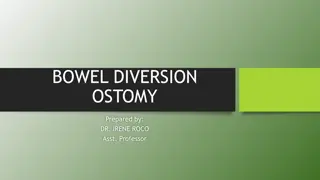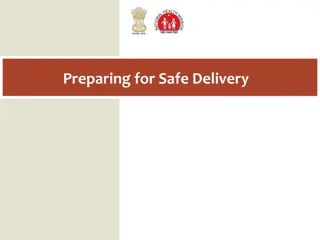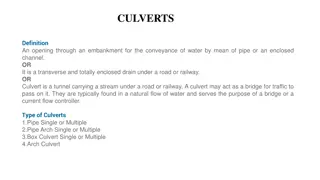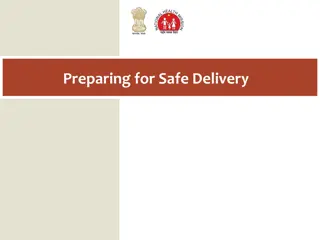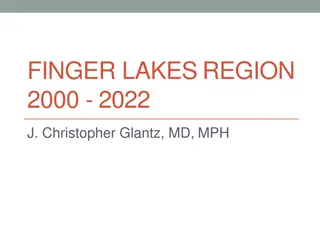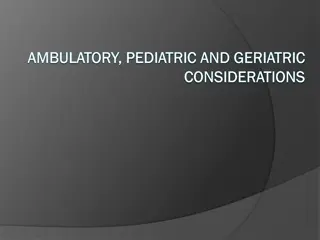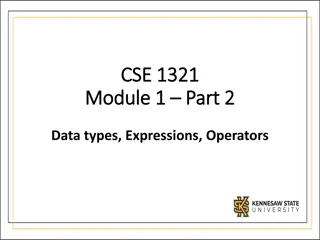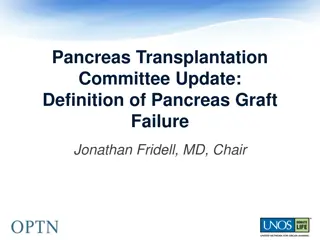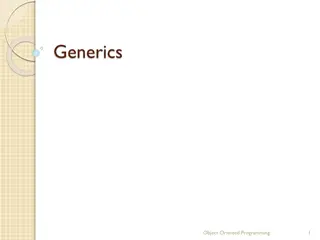Episiotomy: Definition, Types, and Considerations
Episiotomy is a procedure that was once routine but is now only performed when necessary. Learn about its types, advantages, when it's considered, and how it's performed. Understand the differences between median and mediolateral episiotomies, as well as the various situations in which an episiotomy may be needed. Discover the historical beliefs, current recommendations, and potential advantages of restricting routine episiotomies.
Download Presentation

Please find below an Image/Link to download the presentation.
The content on the website is provided AS IS for your information and personal use only. It may not be sold, licensed, or shared on other websites without obtaining consent from the author.If you encounter any issues during the download, it is possible that the publisher has removed the file from their server.
You are allowed to download the files provided on this website for personal or commercial use, subject to the condition that they are used lawfully. All files are the property of their respective owners.
The content on the website is provided AS IS for your information and personal use only. It may not be sold, licensed, or shared on other websites without obtaining consent from the author.
E N D
Presentation Transcript
Episiotomy Minoo Yaghmaei
Episiotomy Definition Aim Routine use is no longer recommended (grade 1B) performed on an individualized basis Prevalence, WHO recommendation 1996: 10% 2006: 17.3 % 2012: 11.6 %
Past beliefs Reduction of trauma to the fetal head Ease of repair and improved wound healing Presentation of the muscular and fascial support of the pelvic floor Prevention and sphincter laceration Prevention of shoulder dystocia
Advantages of restricted use of routine episiotomy Decrease of severe perineal or vaginal trauma No differences in postpartum day 3 perineal pain long term dyspareunia urinary incontinence genital prolapse
Episiotomy is considered when: No specific situations in which episiotomy is essential Expedite delivery of the fetus Operative vaginal delivery Shoulder dystocia
Mediolateral versus median mediolateral Reduction in anal sphincter laceration Increased blood loss More perineal pain and dyspareunia Preferable
Episiotomy Types Median Mediolateral J incision T incision Lateral episiotomy Anterior episiotomy
Performing episiotomy Verbal constant Adequate anesthesia Timing Perform the procedure Complete the delivery
Median episiotomy Starts within 3 mm of the midline of the posterior fourchette Extends downwards between 0 and 25 degrees of the sagittal plane
Mediolateral episiotomy Starts within 3 mm of the midline of the posterior fourchette Directed laterally at an angle of at least 60 degrees from the midline towards ischial tuberosity
complications Extension of the laceration deeper into the perineum or the anal sphincter Infection Postpartum pain Dyspareunia Vulvovaginal hematomas (rare)
Classification: 1999, sultan, ACOG & RCOG 1stdegree laceration: skin and subcutaneous tissue of the perineum and vaginal epithelium only (perineal muscles remain intact) 2nddegree laceration: extend into the fascia and musculature of the perineal body which includes the deep, superficial transverse perineal muscles and fibers of pubococcygeus and bulbocavernous muscles
Classification: 1999, sultan, ACOG & RCOG 3rddegree laceration: extend through the facia and musculature of the perineal body and involve some or all the fibers of the external and sphincter (EAS) and/or the internal anal sphincter (IAS) 3a- < 50 % of EAS thickness is torn 3b- > 50 % of EAS thickness is torn 3c- both EAS and IAS are torn 4thdegree laceration: involve the perineal structures, EAS, IAS and the rectal mucosa
Preoperative preparation Lithotomy position Delivery room Feces Shaving Antibiotics Anesthesia for first and second degree lacerations pudendal nerve block Local field block epidural anesthesia
Repair of perineal and other lacerations associated with childbirth Examination after vaginal delivery (assess extent of bleeding & injury) visual inspection palpation adequate exposure lighting analgesia Delivery of placenta Choice of suture: rapid vicryl, vicryl, chromic catgut- 2/0 , 3/0
Surgical technique The repair begins at the apex of the vaginal laceration and ends with a subcuticular closure that terminates just above the level of the posterior fourchette. Continuous nonlocking suture
Surgical technique Identify and incorporate the apex of the episiotomy Re approximation of the vaginal epithelium Identify and reapproximate the anatomical landmarks such vermilion and hymenal ring The suture must not placed too wide of the edge Transit stitch Realign the muscles so that the skin edges can be reapproximated with minimal tension The suture is tied at or just inside the introitus with a loop kno
Secondary repair of episiotomy: Early versus delayed repair Wound care Preoperative preparation procedure Management of future deliveries


